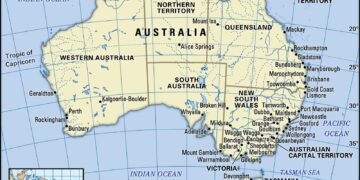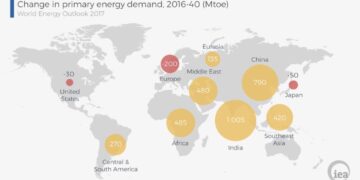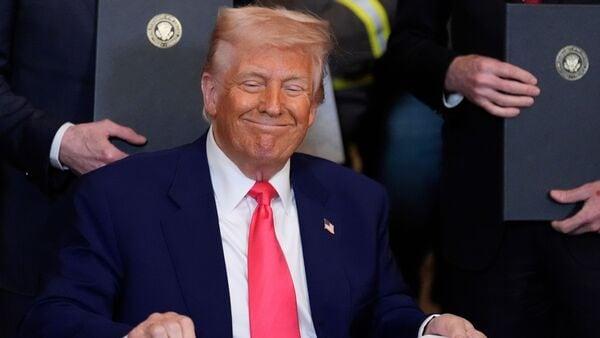Assessing the Economic Ramifications of Tariffs in the U.S.
As trade tensions escalate between the United States and its global partners, President Trump’s tariff initiatives are raising alarms among economists and industry experts about a possible recession. The imposition of higher tariffs on imported products is intended to boost American manufacturing and safeguard domestic employment; however, these measures are beginning to reveal unintended consequences. With businesses facing increased operational costs and consumers encountering elevated prices, critical economic indicators are starting to flash warning signs. This article will examine how Trump’s tariff policies are influencing the economy while highlighting growing concerns that suggest a potential economic downturn may be on the horizon.
Impact of Tariffs on U.S. Industries
The introduction of tariffs as part of trade policy has significantly affected various sectors within the U.S. economy. Industries that depend heavily on imported materials have seen substantial price hikes, leading to increased production expenses. This inflationary pressure not only impacts manufacturers but also consumers who now face higher costs for everyday items. For instance, sectors such as automotive manufacturing and consumer electronics have experienced notable disruptions, resulting in possible job cuts and diminished investment opportunities for growth. Key industries feeling the brunt include:
- Steel and Aluminum: Rising raw material costs due to tariffs have left many manufacturers struggling with profitability.
- Retail Sector: Higher import costs for consumer goods have compelled retailers to raise prices, adversely affecting sales figures.
- Agricultural Sector: Farmers reliant on international markets face retaliatory measures from other nations that limit their market access.
The overall economic environment is marked by caution as uncertainties surrounding global trade relationships intensify. Businesses find themselves needing to reevaluate their supply chains; some may consider shifting towards domestic production as a way to mitigate tariff effects. However, this transition may not be feasible for all companies—particularly small- and medium-sized enterprises lacking sufficient capital for rapid adaptation. The table below summarizes key sectors experiencing tariff-related challenges along with their strategic responses:
| Sectors | Tariff Effects | Strategic Responses |
|---|---|---|
| Manufacturing | Cuts in workforce due to rising expenses | Pursuing automation investments for cost reduction |
| Retail Industry | Erosion of sales due to inflated consumer prices | Diversifying supplier base for cost management |
Financial Signs Indicating a Potential Recession
The ongoing uncertainties in trade relations necessitate close monitoring of essential financial indicators that could hint at an impending recessionary phase. Among these indicators is
A comprehensive understanding of these financial signals empowers both consumers and investors alike in making informed choices during potentially tightening fiscal climates . It’s important , however ,to recognize that while these signals highlight areas requiring attention , they do not guarantee an imminent recession . Other factors such as inflation metrics alongside corporate earnings reports contribute significantly towards painting a holistic view regarding overall health within our economy . To illustrate recent trends effectively , please refer below :


























![[WEBINAR] Perceptions of Prosperity: Californians and Americans Assess Where They Stand in a Changing Economy – Ipsos](https://earth-news.info/wp-content/uploads/2025/11/324518-webinar-perceptions-of-prosperity-californians-and-americans-assess-where-they-stand-in-a-changing-economy-ipsos-120x86.jpg)



